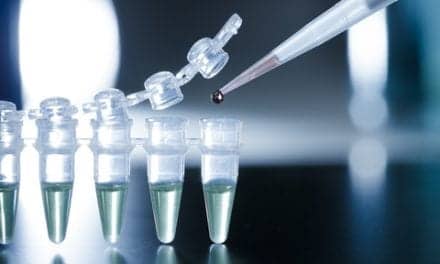A hand-held device could take the surprise factor out of asthma attacks by detecting them before they happen according to a press release from the University of Pittsburgh.
Although still in its embryonic stages, the device designed by Pitt chemistry professor Alexander Star, PhD, and built by Nanomix Inc, Emeryville, Calif, contains a tiny sensor reactive to even minute amounts of nitric oxide, a gas prevalent in the breath of people with asthma.
"The size compatibility between the detector and the detected species-DNA molecules in this case-makes this approach very attractive for further development of label-free electronic methods," Star told the online journal Nanotechnology.
After asthmatic patients blow into the device, it would measure the breath’s nitric oxide content, the level of which surges at the onset of an attack as the airways grow more inflamed. High levels of nitric oxide could be detected 3 weeks or more before an attack, said Jigme Sethi, MD, PhD, of the University of Pittsburgh School of Medicine’s Division of Pulmonary, Allergy, and Critical Care Medicine and a clinician at UPMC Montefiore.
In addition to detecting attacks early on, the device also could provide a convenient way for patients and doctors to monitor symptoms and tailor treatment accordingly, said Sethi. Currently, monitoring to retrieve similar data requires expensive machines available only in outpatient clinics, he said.
To read the full University of Pittsburgh news release, click here.
To read the article in Nanotechnology, click here.








